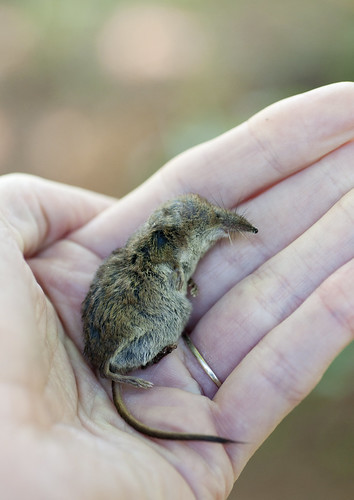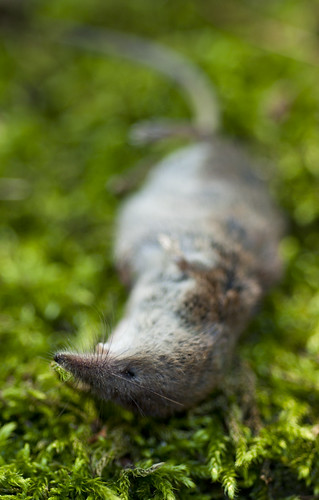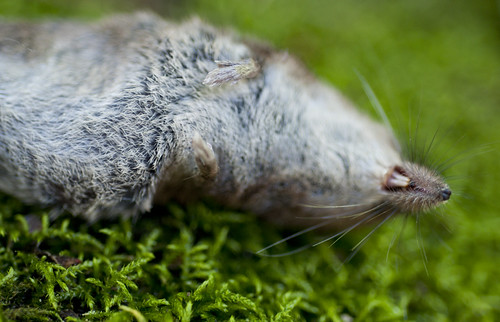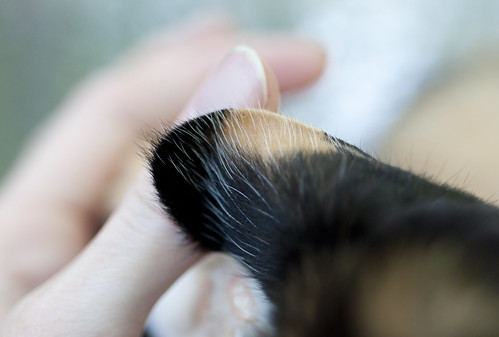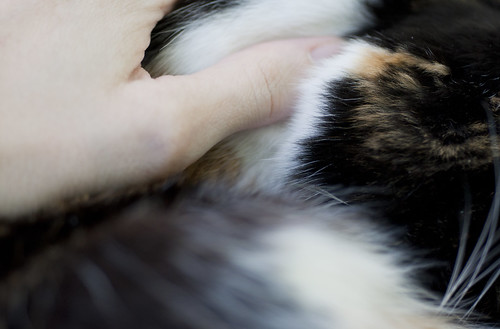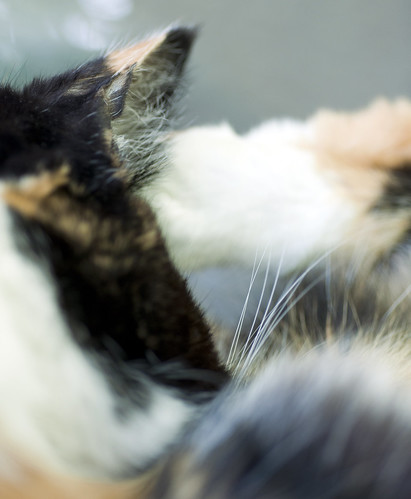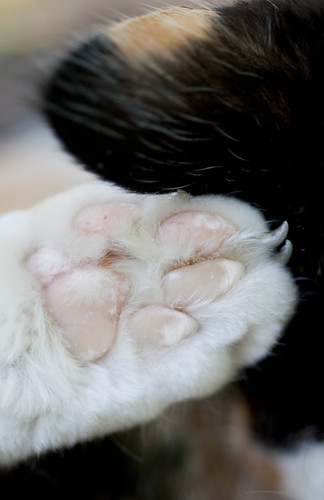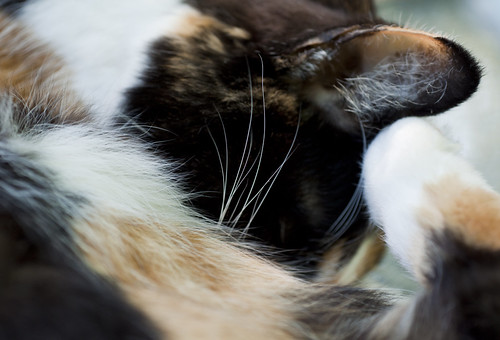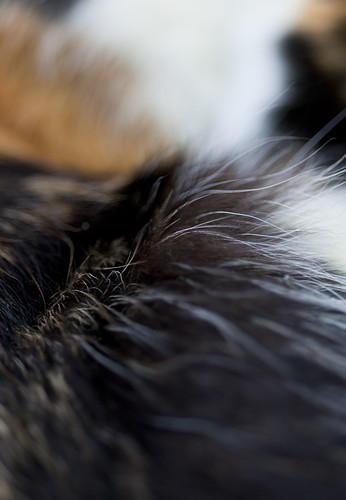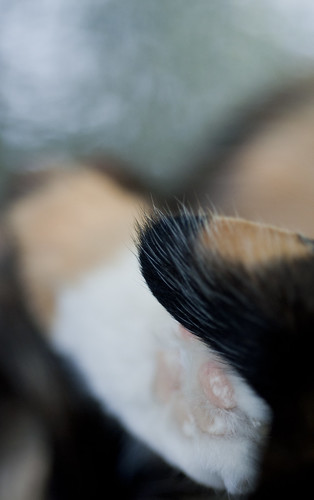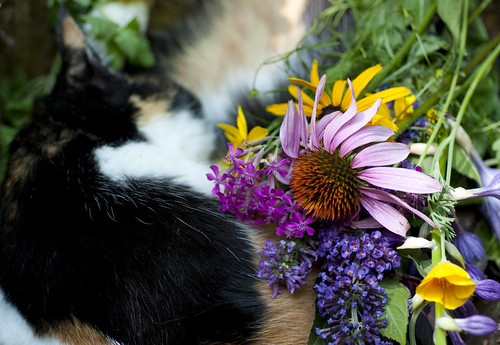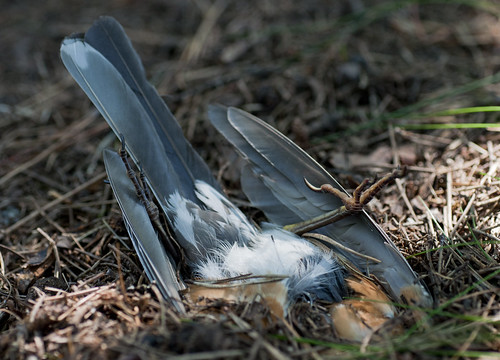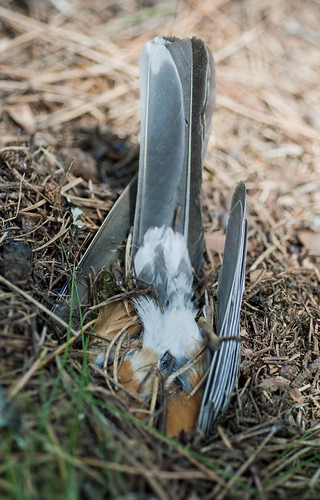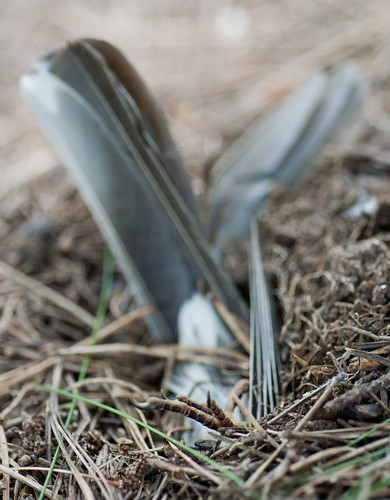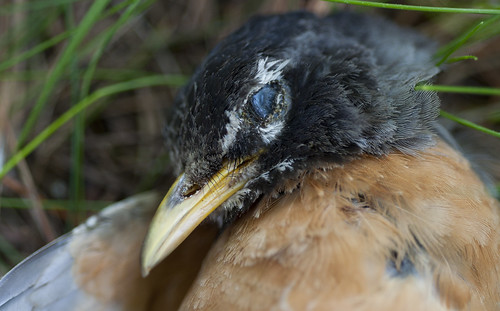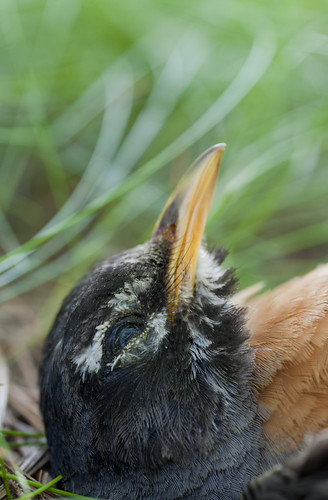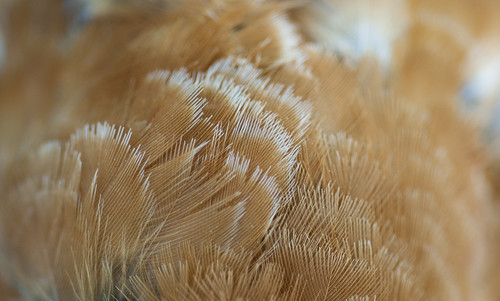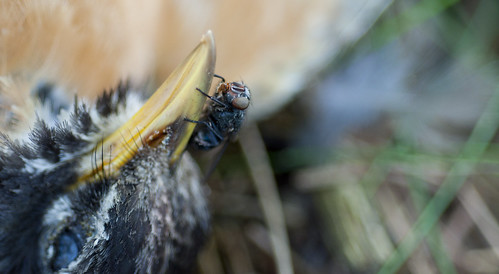One of the defining moments of becoming an adult, in my opinion, is experiencing the death of a favorite family pet — one with whom you've shared most of your life. It's that puppy or kitten you grew up beside as a child, confided your secrets to as a teenager, and left behind, temporarily, when you ventured off to college — only to enjoy tearful reunions during holiday breaks. The sudden absence of a being that's always been there for you and with you, through your best and worst of times, is a heart wrenching, helpless feeling — and it's a feeling to which I think most of us can relate.
I have seen the deaths of a number of family pets, cats and dogs alike, but none felt quite like the passing of Kosh, a calico cat we adopted as a kitten in June of 1998. She was my best friend throughout most of my childhood and teenage years — and she was truly
my cat. Kosh died this March, at the age of 15. When she passed, I felt that last remaining pieces of my childhood pass, as well.
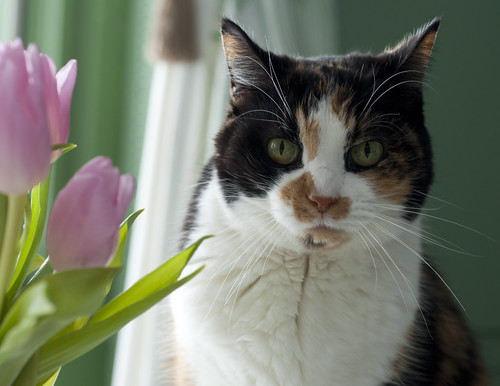 |
| December 2012 |
How do you say goodbye to a pet whom you've known and loved since the age of ten? How do you cope? How do you move on?
Can you truly move on?
Today, finally, we buried Kosh. It's hard to describe the initial, visceral feeling of seeing her small body, wedged into a cardboard box, frozen in time and position. The last time I'd seen her, in December of 2012, she'd been alive — slow, of course, and not as steady on her feet as she'd been a few years prior — but she'd been alive and loving and sassy as always. It's a horrible feeling, that final, awful realization that your friend of fifteen years — the cat who let you carry her upside-down — the cat that slept beside you every night — the cat that loved to bask outside, in the garden —is, indeed, dead.
The body was cold, stuck in an unnatural position. Freezer burn had nipped the tips of those tiny, pink toes. The fur was thicker and more lustrous than I'd remembered. The ears had thawed quickly, and were pliable and soft. I spent several minutes just petting her fur and crying — running my fingers through that coat, touching the tips of those ears and feeling those toe pads.
And then I took photographs. I've handled and photographed frozen animals a countless number of times before; it's always been an awkward process but in most cases never an emotional one. This, though, was an exception. Unlike anonymous roadkill, it was incredibly hard to photograph this cat —
my cat — having known her and loved her and cared for her.
At last the time came to bury her. I tucked catnip and flowers from my mother's garden around her body. As the first shovelful of dirt fell over that glossy, soft fur, it was like a punch to the gut: there was a
finality to it, and it
hurt. Going into the ground was Kosh, an important part of fifteen years of my life — a strange cat, an amazing cat, a beautiful cat.
In time she will become that ground, in the backyard where she sought patches of sun and solitude.
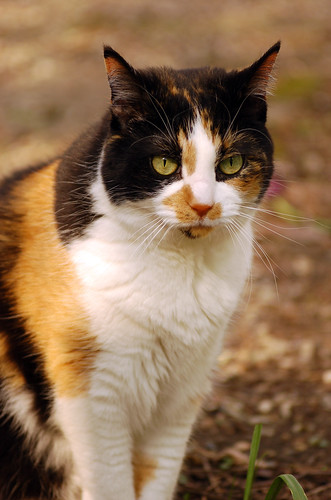 |
| May 2007 |

